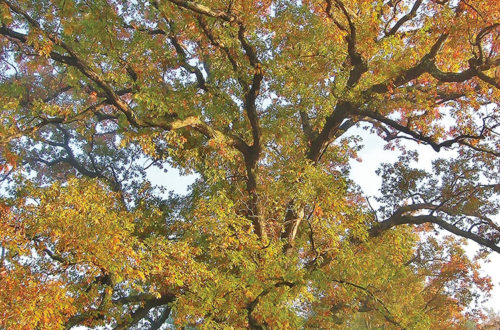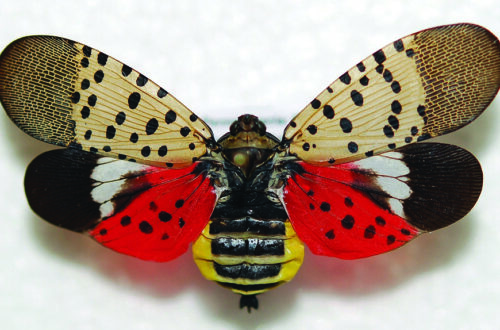By Will Rowlands
In early May, The New York Times ran a couple of pieces about “Murder Hornets.” Asian giant hornets (Vespa mandarinia) are, in fact, dangerous, they kill dozens of people every year in China, Korea and Japan, where they are sometimes called murder hornets, tiger hornets or great swallow bees.
In late 2019, they were found in two locations in northern Washington and a couple of places in nearby British Columbia, across the Strait of Georgia.
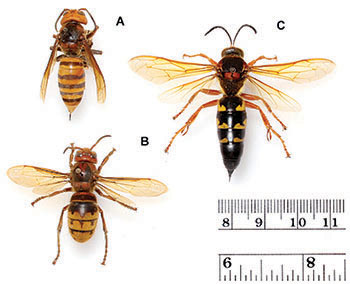
Early genetic testing indicated that the Canadian colony came from Japan while the Washington hornets were from South Korea.
Unfortunately, they’ve managed to overwinter. In May 2020, new specimens were found in Custer, Wash., and Langley, BC.
The new finds are several miles farther north and south than the previous ones. Entomologists are expanding their search area as a result. They use traps with orange juice and rice wine, as they do in Japan. The Canadian specimen is being tested to see if it’s a queen.
These hornets are the largest in the world and their venom can kill, especially if a victim is allergic or is stung multiple times. And, since they’re large, they deliver a lot of venom. To make matters worse, they can sting multiple times, even through beekeeper suits. Their venom destroys tissue and contains a neurotoxin.
They are more of a threat to honeybees than humans and pets but they will attack if threatened. They attack hives of honeybees, yellow jackets and even their own kind when times get tough. They attack in squadrons, decapitating honey bees by the hundreds and thousands. They are five times the size of honeybees and can decimate an entire hive in a matter of hours.
They are considered delicacies in some areas of Japan and their venom gives liquor a kick. The venom is used in energy drinks sold as ‘hornet juice.’
As interesting as these giant hornets may be, we don’t have them here and hopefully never will.
However, we do have two large, similar looking insects that could alarm people this summer and fall. Our two look-alikes are the European hornet (Vespa crabro) and the Eastern cicada killer (Sphecius speciosus).
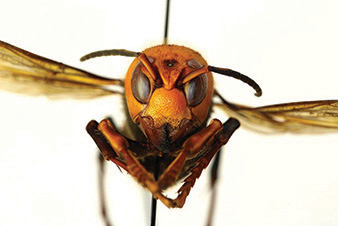
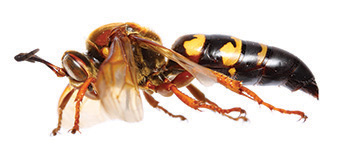
Cicada Killer (Sphecius speciosus)
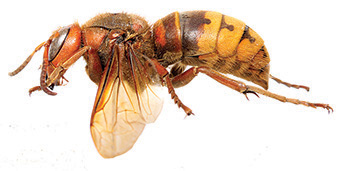
European Hornet (Vespa crabro)
• • •
The Asian giant hornet (1.5-2.0 inches long) nests in spaces in rotting tree roots or co-opted rodent tunnels. The European hornet (1.0-1.4 inches long) generally nests in tree cavities. The Eastern cicada killer (0.6-2.0 inches long) prefers ground nesting sites with sun, light soil and good drainage, preferably near trees that harbor cicadas.
If the genus name sounds familiar, the Italian motor scooter – Vespa – was originally given its name because it had a look and sound reminiscent of wasps. Vespa means wasp in Italian.



